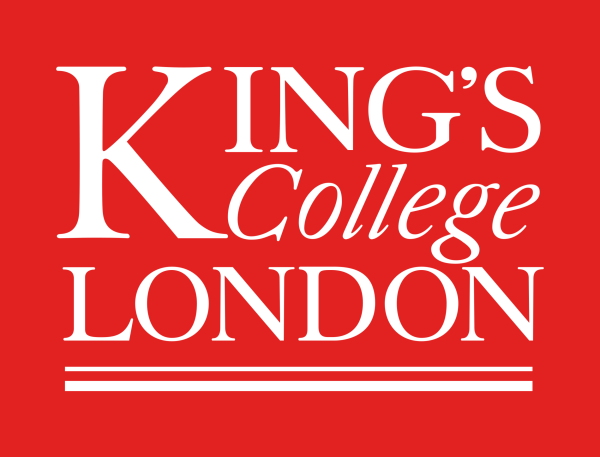

A key function of the Joint Research Office (JRO) is to create a collaborative culture that enhances and accelerates the initiation and delivery of translational and clinical research. Bringing together and celebrating the diversity of expertise, experience and assets of King’s College London and Guy’s & St Thomas’ will be key to the success of the JRO. In the fast-paced world of translational and clinical research, collaboration is not just beneficial - it's essential. Only by working together, can we truly accelerate groundbreaking research that improves patient outcomes and advances medical science. We all know the benefits of collaboration, but more often than not, we are faced with all sorts of challenges that potentially block progress. Off the top of my head, here are just a few:
- Communication Barriers: Differences in terminology, communication styles, and expectations between collaborators can lead to misunderstandings and misalignment.
- Cultural Differences: Diverse organisational cultures and priorities can create friction and hinder collaboration. Academic institutions, healthcare providers, and industry partners often have different goals and operational procedures.
- Resource Allocation: Inequitable distribution of resources, including funding, equipment, and personnel, can lead to conflicts and inefficiencies.
- Regulatory and Ethical Compliance: Navigating the complex landscape of regulatory requirements and ethical standards can be challenging, especially when multiple institutions are involved.
- Intellectual Property (IP) Concerns: Disputes over IP rights and data ownership can arise, potentially stalling collaborative projects.
- Data Management: Ensuring consistent and secure data sharing among collaborators can be difficult, particularly when dealing with large datasets and sensitive information.
- Time Constraints: Coordinating schedules and timelines among diverse teams can be challenging, leading to delays in project milestones.
In the 20-odd years I have been operating in this space, I have come to learn that most, if not all these challenges can be solved if you have the right collaborative culture. Creating a collaborative culture takes time and effort, but the benefits of a cohesive and productive team are well worth the endeavour. It is the very reason why we have embedded Communication and Culture into the JRO’s operating model. Creating opportunities that change a collaboration from mere participation (just turning up because that’s what we’ve agreed to do) to active partnership (seeing the value of the partnership and how by working together we can make a real difference) is what the JRO will be striving to achieve over the coming months and years. All very noble, I hear you say; but how will you know you have achieved the right collaborative culture? It’s one of those things that is difficult to measure because it’s more a feeling than something concrete and tangible and how do you measure a feeling?
I would agree, that is the challenge, but I do think there are behavioural indicators that demonstrate you are moving in the right direction, in no particular order:
- Positive Relationships: Strong interpersonal relationships and a sense of camaraderie exist among team members.
- Open Communication: There is a free flow of ideas and feedback, with partners feeling comfortable voicing their opinions and suggestions.
- Mutual Respect and Trust: Partners trust each other and respect diverse perspectives, leading to a supportive and inclusive environment.
- Effective Problem-Solving: The partnership can efficiently address challenges and find innovative solutions through collective effort.
- Shared Goals and Vision: Everyone is aligned with the partnership's objectives and works together towards common goals.
- High Engagement Levels: All are actively participating in discussions and projects, showing enthusiasm and commitment.
- High Productivity and Quality: Collaborative efforts result in high-quality work and increased productivity.
- Continuous Improvement: The team is always looking for ways to improve processes and collaboration, showing a commitment to growth.
- Recognition and Celebration: Achievements are regularly acknowledged and celebrated, boosting morale and reinforcing collaborative behaviour.
- Low Turnover Rates: Team members are satisfied and motivated, leading to lower turnover and a stable team.
The Triumph!
By working together to combine our expertise, experience, and assets, we increase our chances of success. Collaboration fosters a culture of innovation, where new ideas are nurtured, and breakthroughs become possible and so therefore cannot be overstated. Each of us has a vital role to play, and by working together, we can achieve great things. I hope that the JRO becomes a vehicle for combining our strengths and driving forward the innovations that will shape the future of medicine for years to come.
